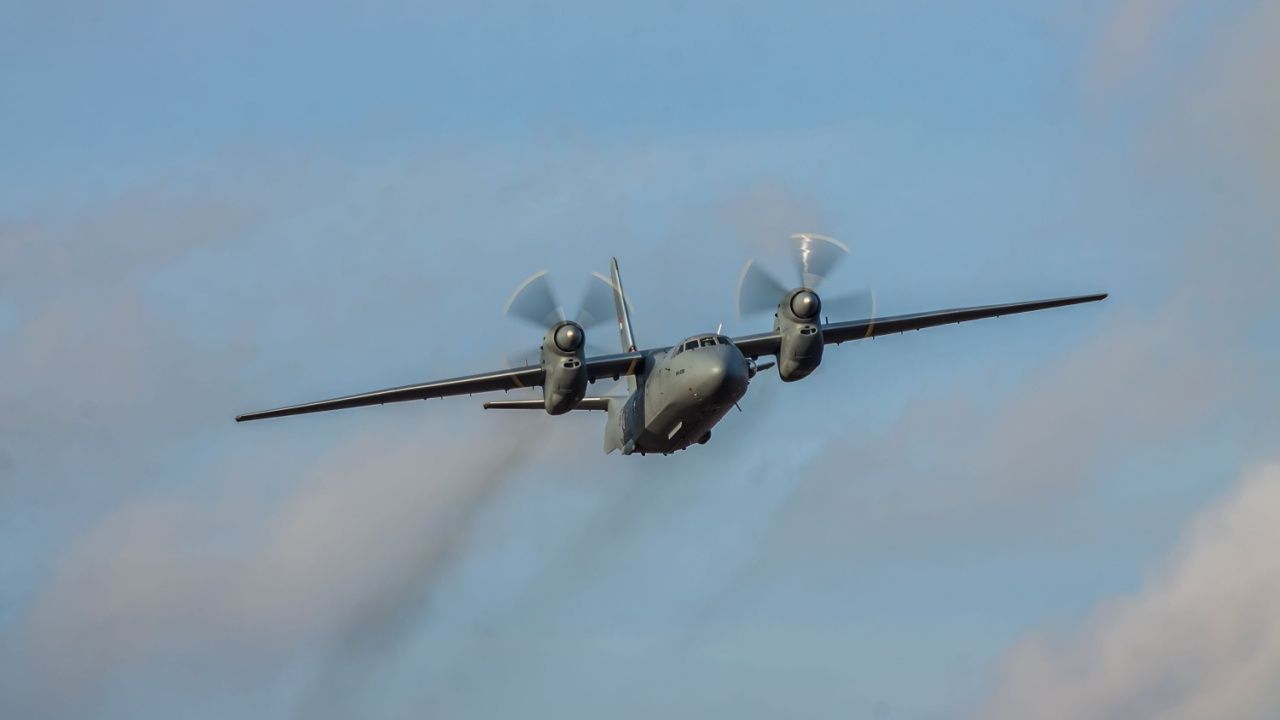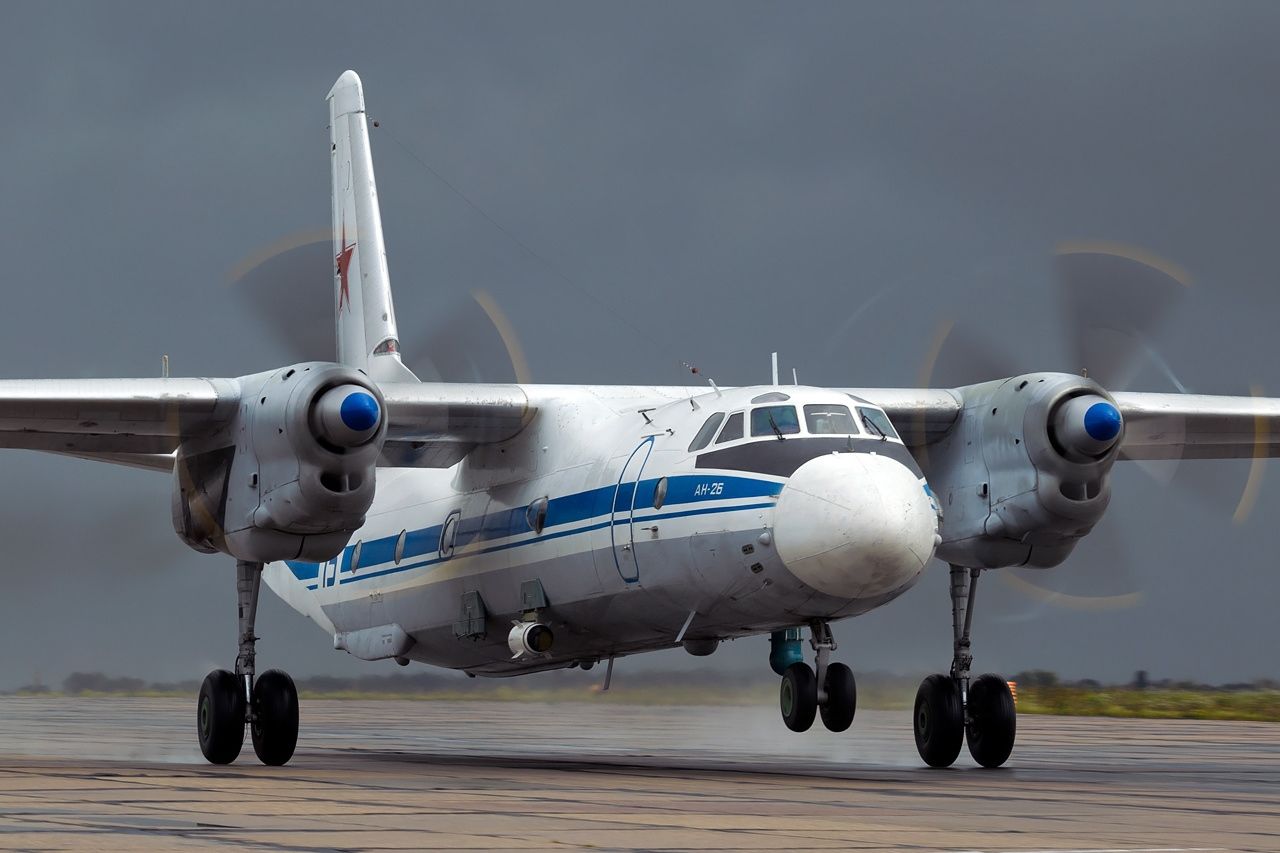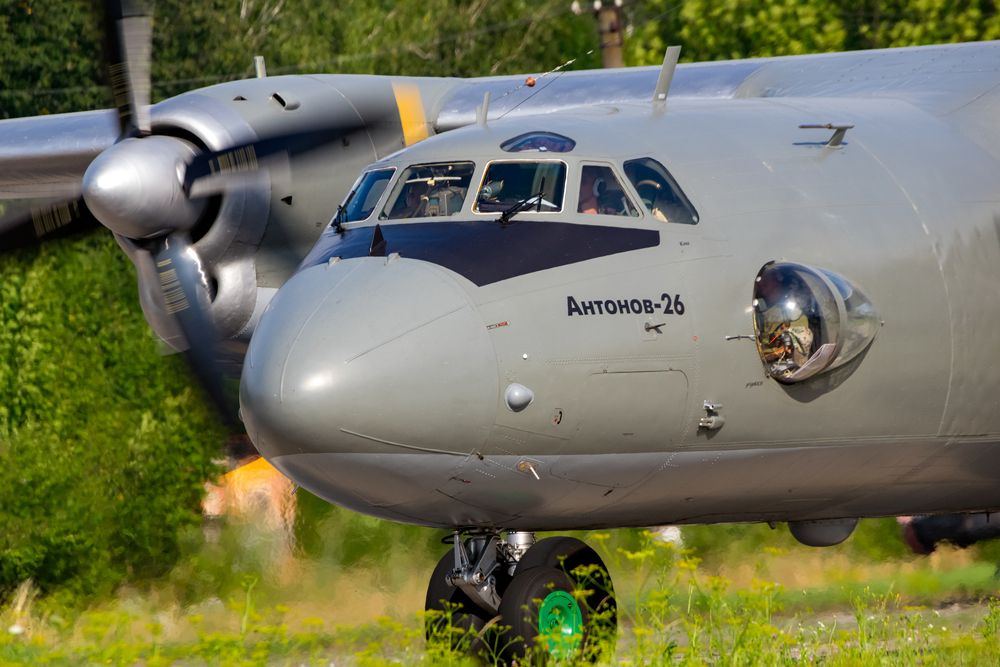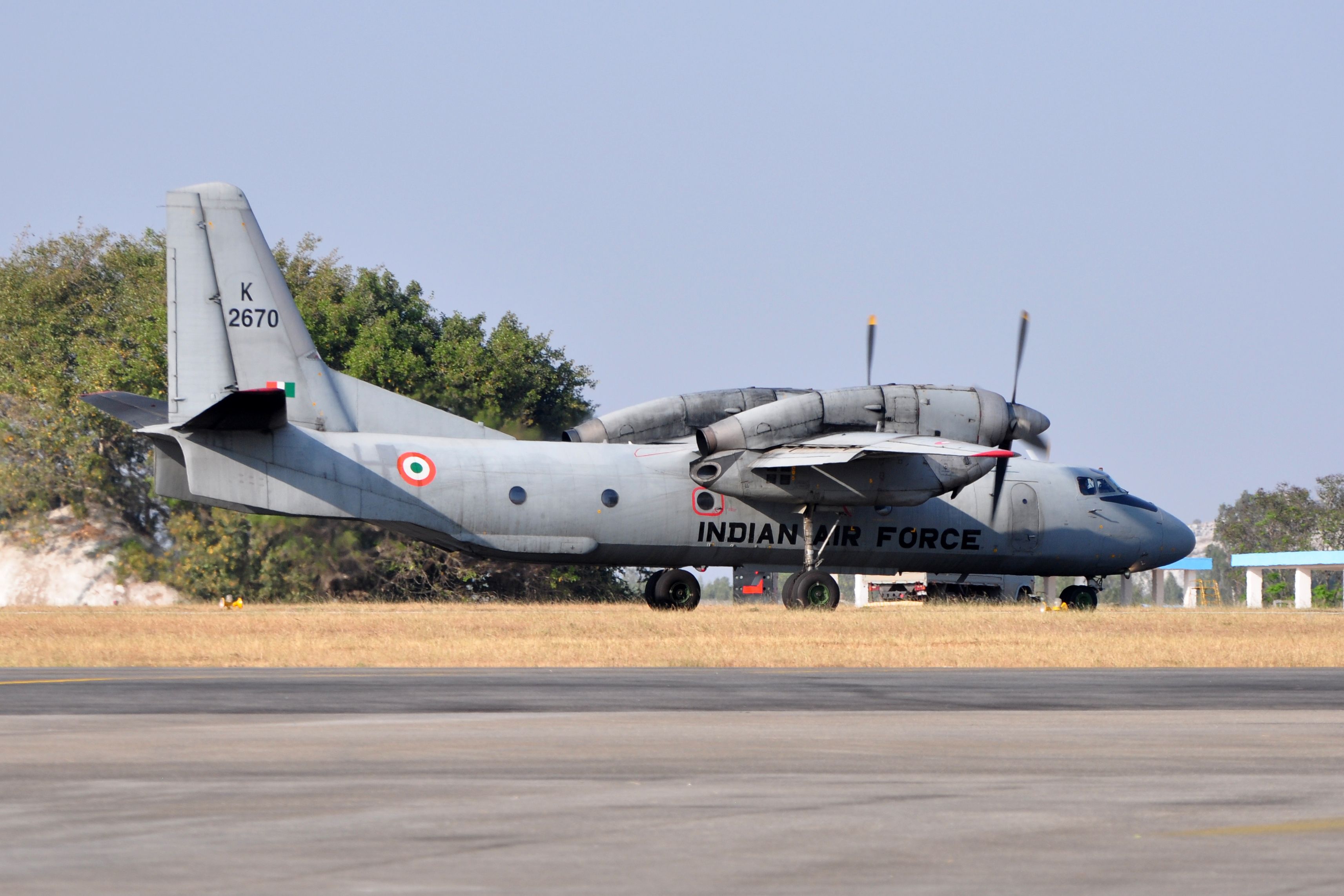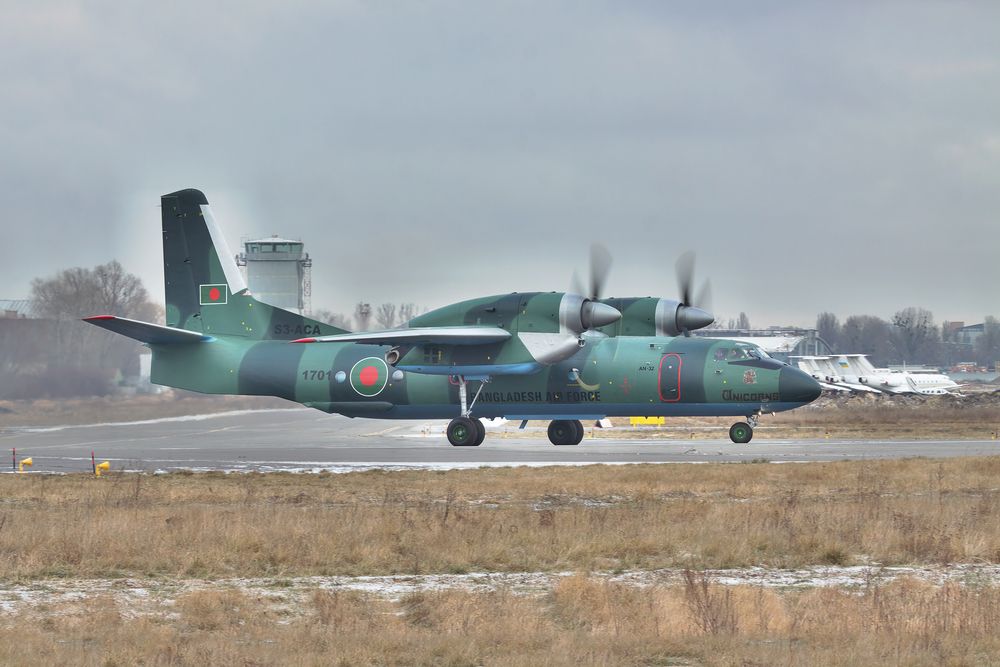Summary
- Antonov aircraft, originally built as transports, have been retrofitted for bomb-dropping capabilities, but are vulnerable against advanced defenses.
- Antonov aircraft, like the An-12 and An-26, have been used as makeshift bombers in lower-scale conflicts with limited success due to modern defenses.
- Sudan, Iraq, Vietnam, and India have all used Antonov transports as bombers, employing different methods of retrofitting for bomb-dropping capabilities.
While the idea of using American C-130 Hercules as makeshift bombers may be strange, the same is not true of the Soviet Antonov transport counterparts. While Antonov aircraft were built as transports, some (such as the An-26 and An-32) also had a secondary bombing role in mind (not the large military transports like the An-124 Ruslan). This is not a role they perform well in, and they would be sitting ducks against modern air defenses, but they have been repeatedly used in this role in lower-scale conflicts against mostly insurgent groups.
Antonov: the great Soviet/Ukrainian military transport manufacturer
Antonov is now a Ukrainian defense aerospace company, but it was one of the largest aircraft manufacturers during the USSR. It built the largest aircraft ever produced – a single An-225 (destroyed in the 2022 Russian Invasion of Ukraine) as well as the An-125 (now the largest military transport aircraft in operation).
|
Notable Antonov aircraft: |
Number produced: |
Role: |
Operators: |
|---|---|---|---|
|
An-225 Myria |
1 |
Outsize cargo freight aircraft |
USSR/Ukraine |
|
An-124 Ruslan |
55 |
Heavy cargo transport |
USSR, Ukraine, Russia |
|
An-26 Curl |
1,403 |
Transport |
various |
|
An-22 Cock |
68 |
Transport |
Russia, Ukraine |
|
An-12 Cub |
1,248 |
Transport |
various |
|
An-32 Cline |
373 |
Transport |
various |
Not all Antonov transports are giants—some are smaller twin turboprop aircraft like the An-12, An-32, and An-26. Over its time, Antonov has built around 22,000 aircraft, and while it may no longer build large military aircraft, it is still working in the aerospace industry and servicing existing fleets of Antonov aircraft. It is now one of the prime Ukrainian defense contractors engaged in fighting the Russian invasion of Ukraine.
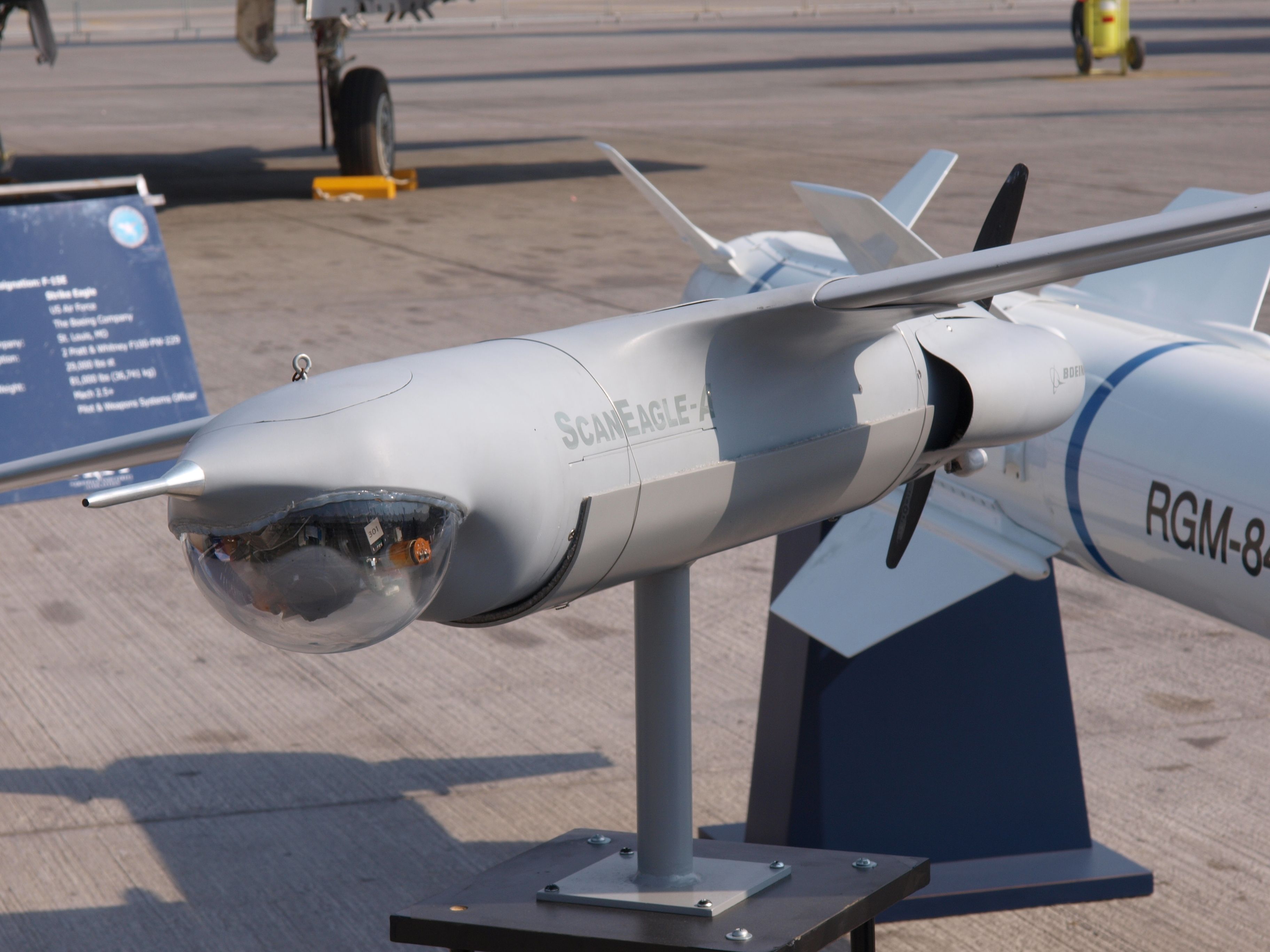
Related
Boeing & Antonov Agree To Collaborate On Defense Projects At Farnborough Airshow
The agreement could eventually see Boeing help produce drones in Ukraine.
Countries using Antonovs as bombers
According to Times Aerospace, the Indian Air Force pioneered the use of a removable roller conveyor on guide rails in the cargo bay of the An-32s. They then tested it in 2013 using 500-lb bombs.
Photo: Volodymyr Vorobiov l Shutterstock
During the insurgent phase of the Ukraine War in the Donbas of 2014, Ukraine mounted pylons and BDZ-34 bomb racks to drop bombs from its An-26 transports (Antonovs were built in the Ukrainian SSR). It also installed an NKPB-7 bomb sight so that the bombs could be dropped more accurately. It doesn’t appear that Antonovs have been used as bombers in the Russian Full-Scale Invasion of Ukraine—they would likely be shot down long before reaching the front.
|
Antonov An-26 |
|
|---|---|
|
First flight: |
1969 |
|
Service ceiling: |
24,600 feet |
|
Cruise speed: |
240 mph |
|
Range: |
1,600 miles |
|
Powerplant: |
2 × Progress AI-24VT Turboprop engines |
|
Payload: |
12,100 lbs |
In 2023, Sudan tragically fell into civil war as the country’s two militaries – the official Sudan Armed Forces and the paramilitary Rapid Support Force went to war for control of the country. It wasn’t long before it was reported that Sudanese Antonovs had reprised their roles as bombers. ‘Reprised’ as this was not the first time in Sudan, they were used as bombers. Infamously, they were used in 2003 to indiscriminately bomb separatist villages in the Darfur region.
Photo: Joe Ravi l Shutterstock
In 2023, Kazim Abdul, writing for Military Africa, reported the Sudanese Air Force was converting some of its Antonov transports with a removable roller conveyor on guide rails in the cargo bay to use as bombers. These conveyors can fit four 500-pound unguided bombs that fall with a high margin of error. According to the publication, these are indiscriminate and illegal under international law.
Sudan is believed to have a fleet of 6x An-12s, 2x An-26s, and 8x An-30s (although it is unclear how many have been lost during the war). Sudan was also believed to have had a single C-130 Hercules, although its destruction by a Rapid Response Force’s kamikaze drone was captured on video.
Vietnam is also known to have used An-26s as bombers during the Cambodian-Vietnamese War (1978-1991), while the Anglians used them in the Angolian Civil War of the 1970s and 1980s. The Russians are known to have trained with An-26s as bombers. India is known to have used An-12s as bombers during the Indo-Pakistani War of 1971. It is likely other countries have used Antonovs as makeshift bombers occasionally.

Related
The Unfinished Second Antonov An-225: 5 Key Factors In Determining Its Future
With the war raging on, Ukraine is determined to build a second An-225 but its future remains uncertain.
Iraq 2014
In 2014, the Islamic State (also called Daesh, ISIS, IS) stormed across mid-northern Iraq, overrunning key cities like Mosul. The Iraqi army collapsed before them – sometimes almost without a fight. The world watched on in bewilderment as the (on paper) large, well-equipped, and trained Iraqi army seemingly dissolved against a few thousand insurgents on Toyota pickups.
|
Antonov An-32 |
|
|---|---|
|
First flight: |
1976 |
|
Service ceiling: |
31,200 feet |
|
Cruise speed: |
290 mph |
|
Range: |
1,600 miles |
|
Powerplant: |
2 × ZMKB Progress AI-20DM turboprop engines |
|
Payload: |
14,771 lbs |
Photo: dragunov l Shutterstock
As ISIS thundered towards Baghdad and the security situation in Iraq fell apart, the US withheld the delivery of F-16s to Iraq. Iraq was desperate to find an interim bombing solution to counter ISIS, and so it converted two of its six An-32B into make-shift bombers with Ukrainian help. It used these to drop a stockpile of Chinese-made 500 lbs bombs dating from Saddam Hussein’s Iraq. One An-32B used the Ukrainian-style bomb rack, while the other used the Indian-style roller conveyor.
With a mixture of Western and Iranian help, Iraq managed to steam the tide, rebuild its forces, and eventually roll back ISIS out of Iraq. The crude An-32B bombers became redundant as the US-led coalition began a concerted bombing campaign against ISIS across Iraq and Syria.
